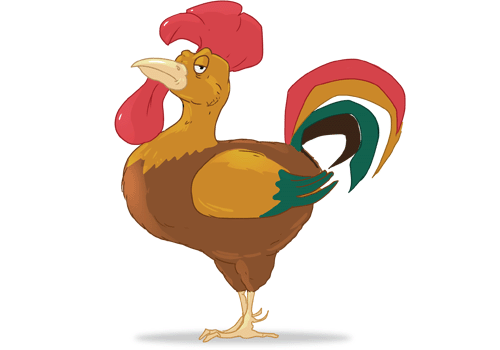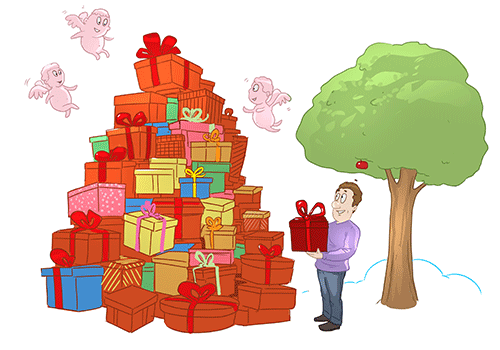Romanian
Limba română
Limba română
about 24 million (Romania and Moldova)
Romania, Moldova, (Transnistria), EU
Serbia, Hungary
Italy, Spain, USA, Germany, UK, Canada, Austria, France, Belgium, Portugal, Cyprus, Australia, Ireland


The term Romanian is sometimes used also in a more general sense, which envelops four languages or dialects: Daco-Romanian, Aromanian, Megleno-Romanian, and Istro-Romanian. The four languages, whose mutual intelligibility is difficult, are the offspring of the Romance varieties spoken both to the north and to south of the Danube, before the settlement of the Slavonian tribes south of the river. These four are also known as the Eastern Romance languages. When the term Romanian is used in this larger sense, the term Daco-Romanian is used for Romanian proper.
Romanian descend from Vulgar Latin, adopted in Dacia during early centuries AD. The history of Eastern Romance between the 3rd century and the development of Proto-Romanian by the 10th century, when the area came under the influence of the Byzantine Empire, is unknown.
Romanian remained unattested throughout the Middle Ages, and only enters the historical record in the early 16th century.
The oldest extant document written in Romanian is Neacșu's letter (1521), written in Cyrillic. The use of Cyrillic continued (alongside Latin script) until 1860, when Romanian Latin orthography was officially introduced.
The notion that the Moldavian language is distinct from Romanian has been heavily promoted in the Moldavian Autonomous Soviet Socialist Republic (established in 1924). This included using Cyrillic script to write the language. In 1932, the script was officially changed to Latin and the orthography to be identical with standard Romanian. The trend was reversed in 1938, when the Cyrillic script was again declared official. This continued after 1940 in the Moldavian Soviet Socialist Republic (which included Bessarabia, annexed in 1940 from Romania) until 1989, when the Latin script (again identical to Romanian) was declared official. In 1991, the name of the republic has been changed from Republica Sovietică Socialistă Moldovenească (Moldavian Soviet Socialist Republic) to Republica Moldova (Republic of Moldova), which is the cause of the double name Moldovan/Moldavian in many languages.
The breakaway region of Transnistria still uses the Cyrillic alphabet and refers to the language as Moldavian.
The letter â is used exclusively in the middle of words; its capital version appears only in all-cap inscriptions.
The letters î and â are phonetically and functionally identical. The reason for having both is historical, denoting the language's Latin origin.
A Б В Г Д Е Ж Ӂ З И Й К Л М Н О П Р С Т У Ф Х Ц Ч Ш Ы Ь Э Ю Я
а б в г д е ж ӂ з и й к л м н о п р с т у ф х ц ч ш ы ь э ю я
Romanian is the only Romance language where definite articles are enclitic: that is, attached to the end of the noun (as in Scandinavian, Bulgarian and Macedonian), instead of being in front (proclitic). They were formed, as in other Romance languages, from the Latin demonstrative pronouns.
Romanian nouns are categorized into three genders, masculine, feminine, and neuter. Nouns in the neuter gender behave like masculine nouns in the singular and feminine nouns in the plural. This is unlike Latin, in which neuter nouns were distinct.
Nouns which in their basic form (singular, nominative, no article) end in a consonant or in vowel/semivowel -u are mostly masculine or neuter; if they end in -ă or -a they are usually feminine.
| Male | Female | Neuter |
|---|---|---|
|
om
man
|
bunică
grandmother
|
drum
road
|
|
bou
ox
|
carte
book
|
cadou
present, gift
|
|
copac
tree
|
cafea
coffee
|
exemplu
example
|
Romanian has inherited from Latin five cases: nominative, genitive, dative, accusative, and vocative. Morphologically, the nominative and the accusative are identical in nouns; similarly, the genitive and the dative share the same form (these pairs are distinct in the personal pronouns, however). The vocative is normally restricted to nouns designating people or things which are commonly addressed directly, and there is a modern tendency to use nominative instead.
| Singular | Plural | |
|---|---|---|
| Nominative Accusative |
Male | |
|
băiatul
boy
|
băieții | |
| Female | ||
|
mama
mother
|
mamele | |
| Neuter | ||
|
oul
egg
|
ouăle | |
| Genitive Dative |
Male | |
| băiatului | băieților | |
| Female | ||
| mamei | mamelor | |
| Neuter | ||
| oului | ouălor | |
| Singular | Plural | |
|---|---|---|
| Nominative Accusative |
Male | |
| băiat | băieți | |
| Female | ||
| mamă | mame | |
| Neuter | ||
| ou | ouă | |
| Genitive Dative |
Male | |
| băiat | băieți | |
| Female | ||
| mame | mame | |
| Neuter | ||
| ou | ouă | |
| Singular | Plural | |
|---|---|---|
| Vocative | Male | |
| băiatule/băiete | băieților | |
| Female | ||
| mamo | mamelor | |
| Neuter | ||
| oule | ouălor | |
The varieties of Romanian are distinguished primarily by phonetic differences. Romanians themselves speak of the differences as accents or speeches.
Romanian dialects are grouped into two main types, southern and northern:









